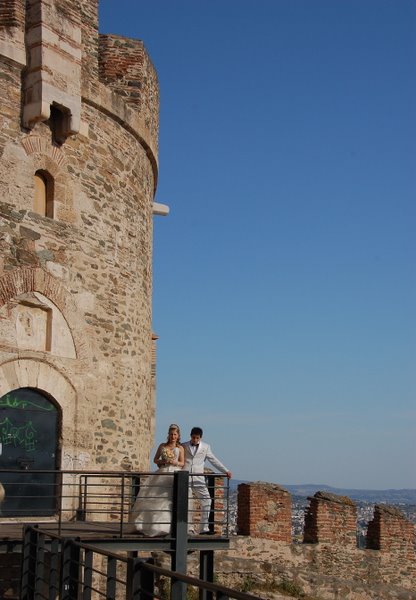
Thessoloniki is the second largest city in Greece, and the capital of Macedonia. It’s also one of the largest cities in southern Europe. It was founded in 315BC by King Cassander of Macedon. He named it after his wife, Thessalonike, 1/2 sister of Alexander the Great.
Paul visited this town on his second missionary journey. The books of Thessalonians was written to the Christians of this town.
“The Wall” in Thessoloniki was built in the middle of the 3rd century by the Byzantines. Dunno why it was famous. Probably because it’s this huge massive wall that went around the city. But from the top of a hill, it was a pretty neat place to overlook the city. You could see the remains of the wall running all the way down to the sea. About 100 years ago, the folks in Thessoloniki thought the wall was in their way and demolished sections of it in order to expand the city.
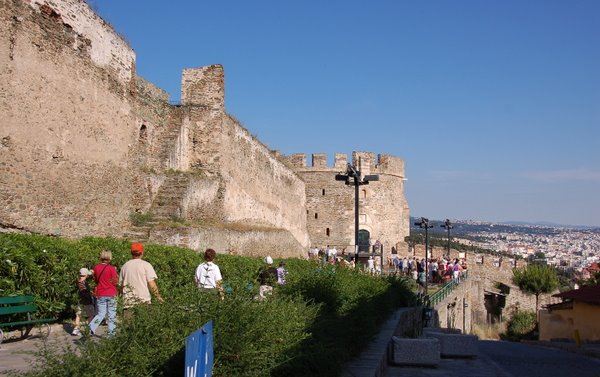 |
I bet it’s being conserved nowadays. |
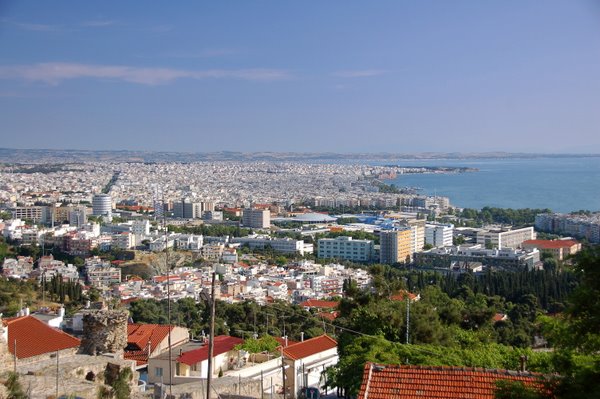 |
|
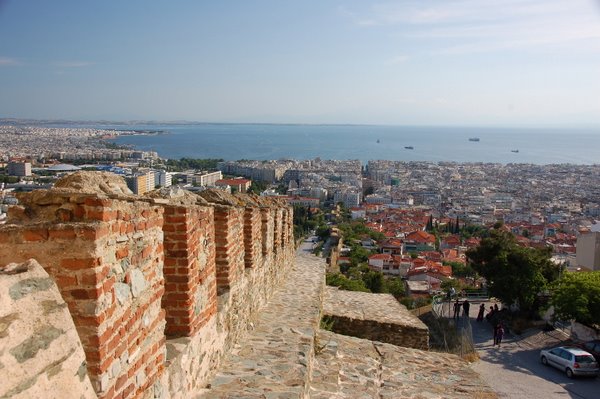 |
If you look almost at the very center of this photo, you can see that this wall extends past the cliff below and through the middle of the city out to the ocean. |
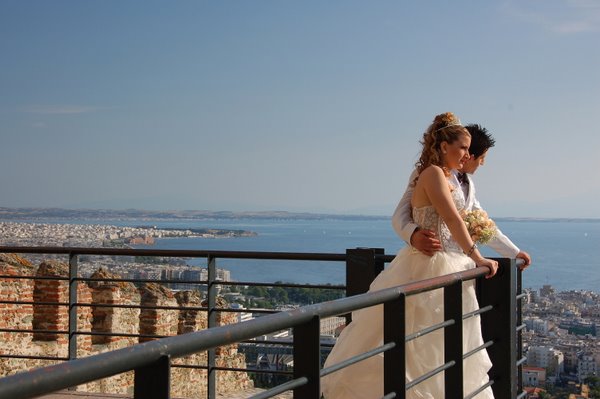 |
|
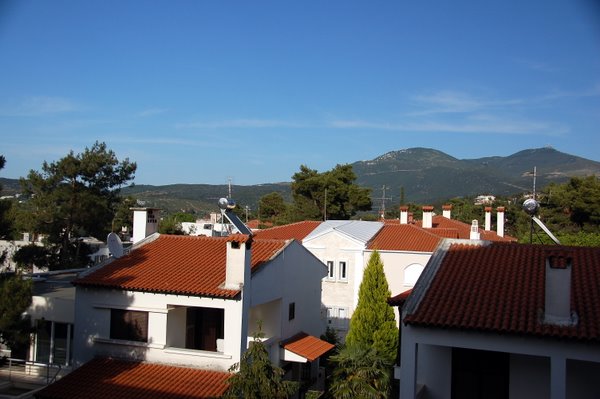 |
The view from our hotel patio. |
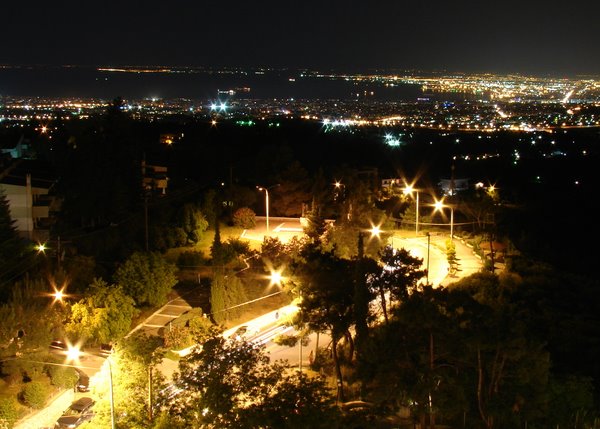 |
Night view from our hotel. |
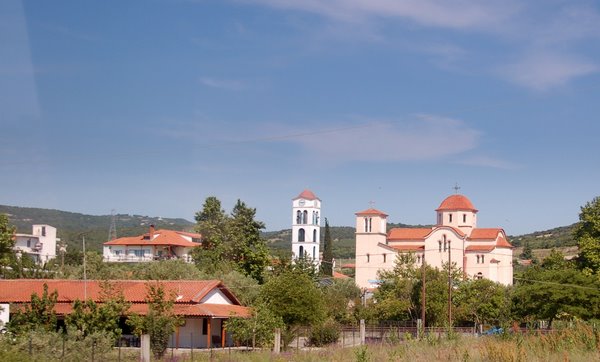 |
The countryside near Asprovalta. Lots of interesting buildings. |
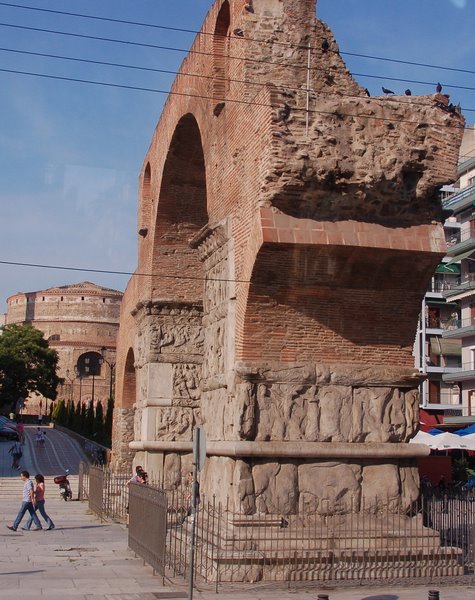 |
I bet this is part of the Byzantine wall. |
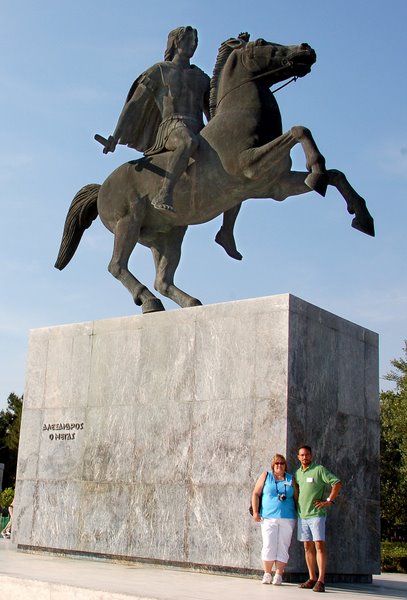 |
Here’s Alexander the Great, one of the most successful military commanders in the history of the world. After an 11-year career, he died at the age of 33, having conquered everything from Rome to India to Egypt. He’s even mentioned in the Bible. Most people recognize him as the ‘leopard’ in Daniel’s prophecy in Daniel 8, 9 and 11. But did you know that he helped fulfill one of Ezekiel’s prophecies too?The city of Tyre mocked Jerusalem’s destruction, and in chapter 26, Ezekiel said that many nations would rise up against Tyre for its wickedness; its walls would be broken down; Nebuchadnezzar would destroy the city; that its stones would be cast into the sea. (Everyone’s heard of cities being destroyed .. but, ‘cmon.. “thrown into the sea”? Isn’t that just a bit much??)
Sure enough, after a 13 year siege, Tyre fell to Nebuchadnezzar in 573BC (13 years after Jerusalem fell). Its walls were torn down, but its inhabitants fled to an island fortress 1/2 mile off shore. Although the city was in shambles, the island’s 150’ walls prevented Nebuchadnezzar from taking it. |
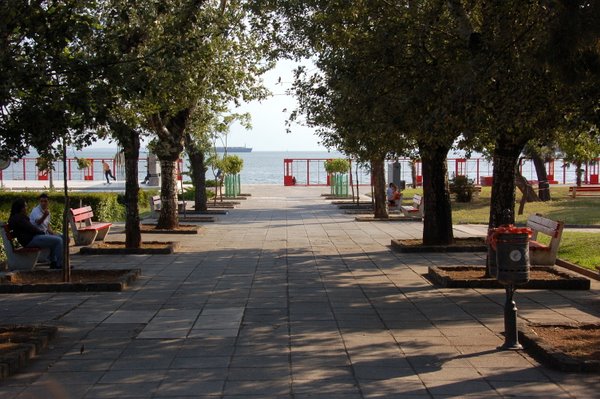 |
250 years later, as Alexander was marching towards Egypt, he told Tyre to just surrender and spare themselves a war. In their overconfidence, they killed his peace-treaty messengers and told him to keep on hiking. Naturally, this ticked off Alex. He built a land-bridge out to the island fortress and destroyed it.And guess what he used to build that land-bridge? Stones and wood from the city of Tyre that Nebuchadnezzar had destroyed 250 years earlier!
In other words, the city of Tyre was literally thrown into the sea. Go figure. Alexander’s monument is just to the left of this photo. |
